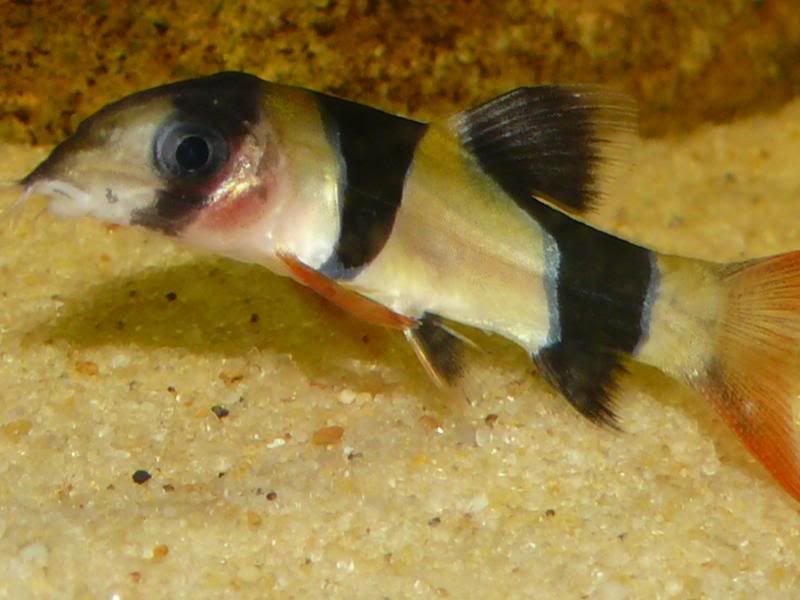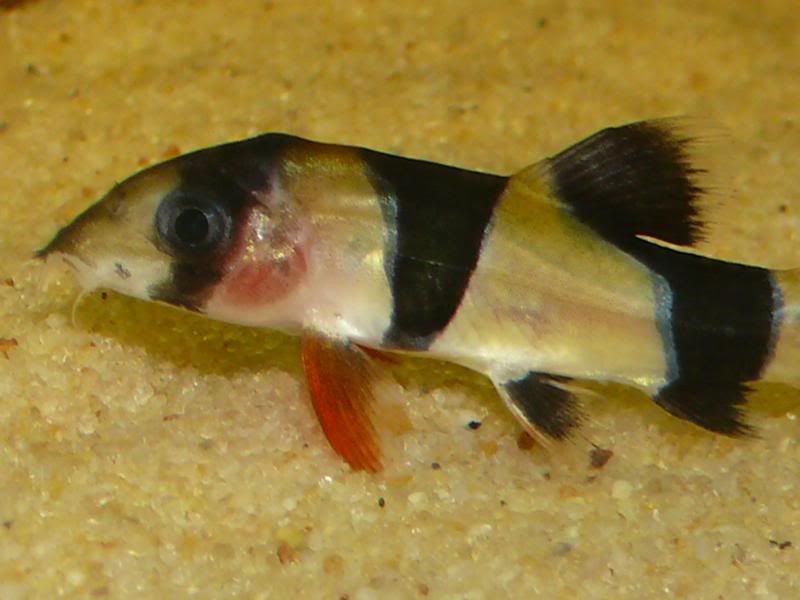hi peacefulfishie,
sorry it took me a while. I work nights. Gotta sleep sometime.

As for levamisole affecting freshwater shrimp? That's a very good question. At the 2ppm recommended dosage I doubt it would be a problem. Remember levamisole primarily works on nematodes. If your shrimp are carrying them, it would kill the parasite. I've run across one anecdotal comment stating that while the levamisole did not wipe out
snails it did seem to have an effect upon their reproductive cycle and shells. They did not die, but they seemed to reproduce more slowly after treatment. However, I do not know what the dosage used in this instance was, and that could be caused by a variety of factors.
I did send this question on levamisole safety and shrimp to Dr. Yanong and hope to hear back on it shortly. If anyone would know definitively, he'd be the guy.
Personally, I've not used it in a tank with shrimp, though all my tanks have thriving populations of mts and I've seen no ill effects upon their reproduction or shells. But...they are not shrimp.

If I get an answer from Dr. Yanong, I'll post it here. Meanwhile I'll look for further 'scientific' info while waiting. Based on my experience, and the research done thus far, I stand by my statement that it should be harmless, but...I'd like to know for sure from someone who 'really' knows, too.
Thanks for bringing it up!



